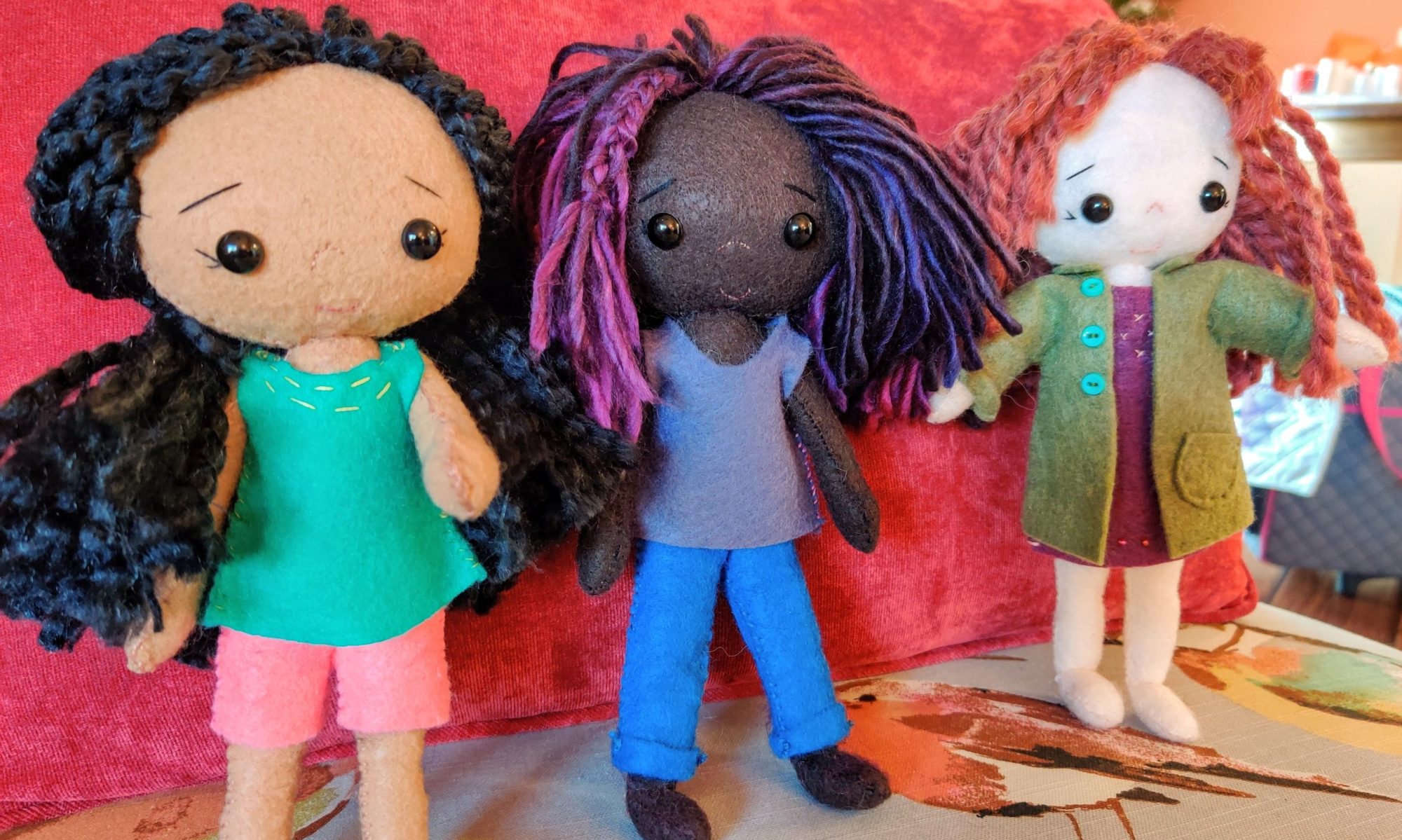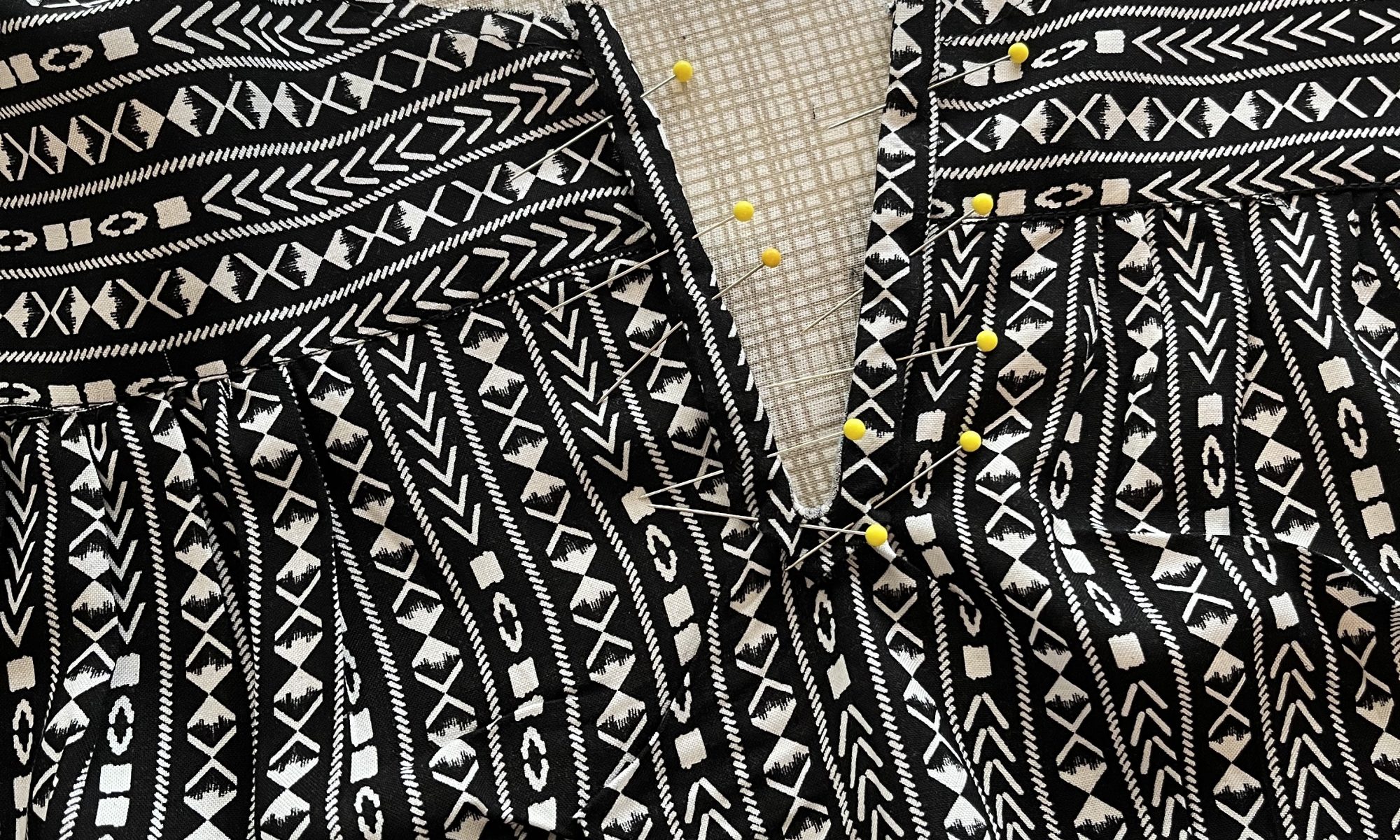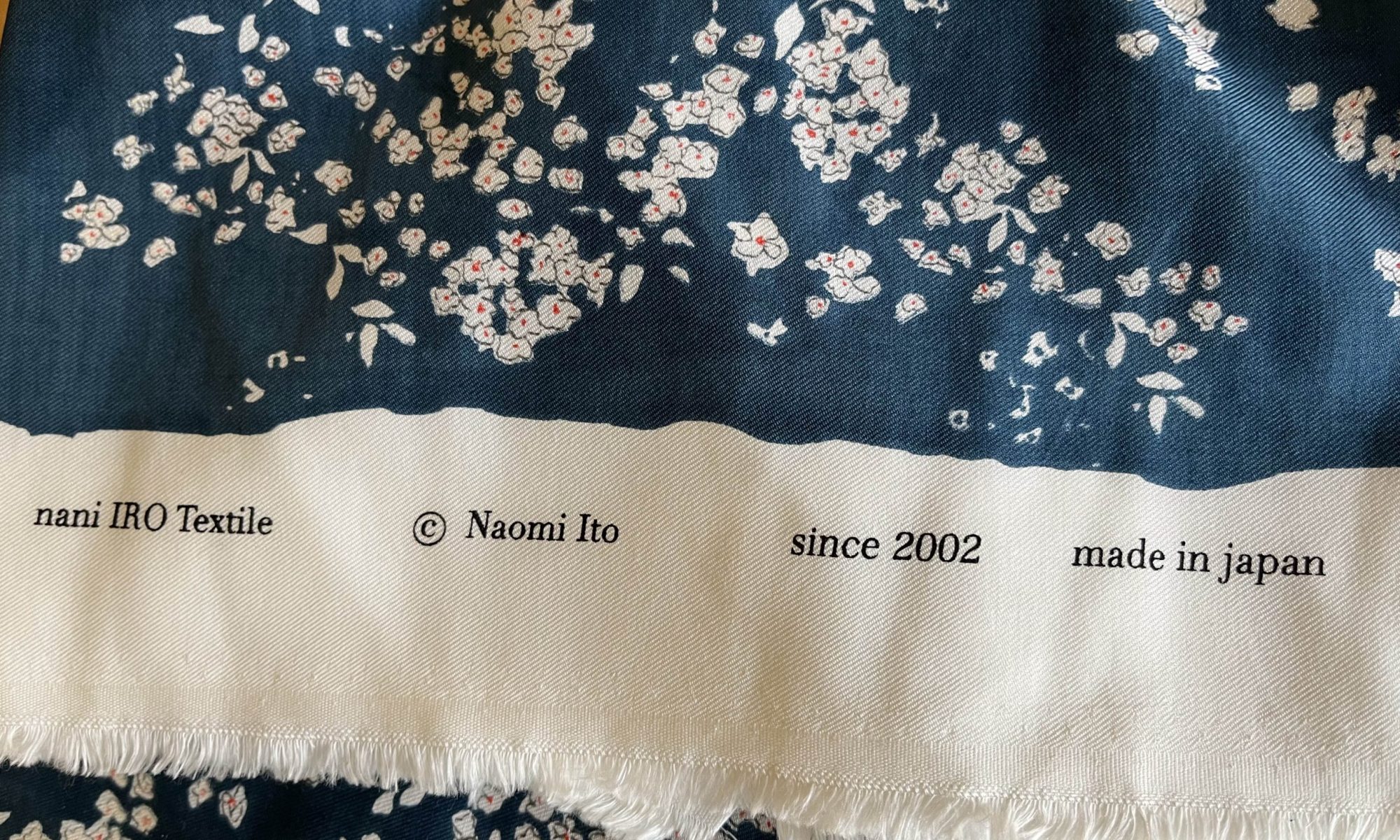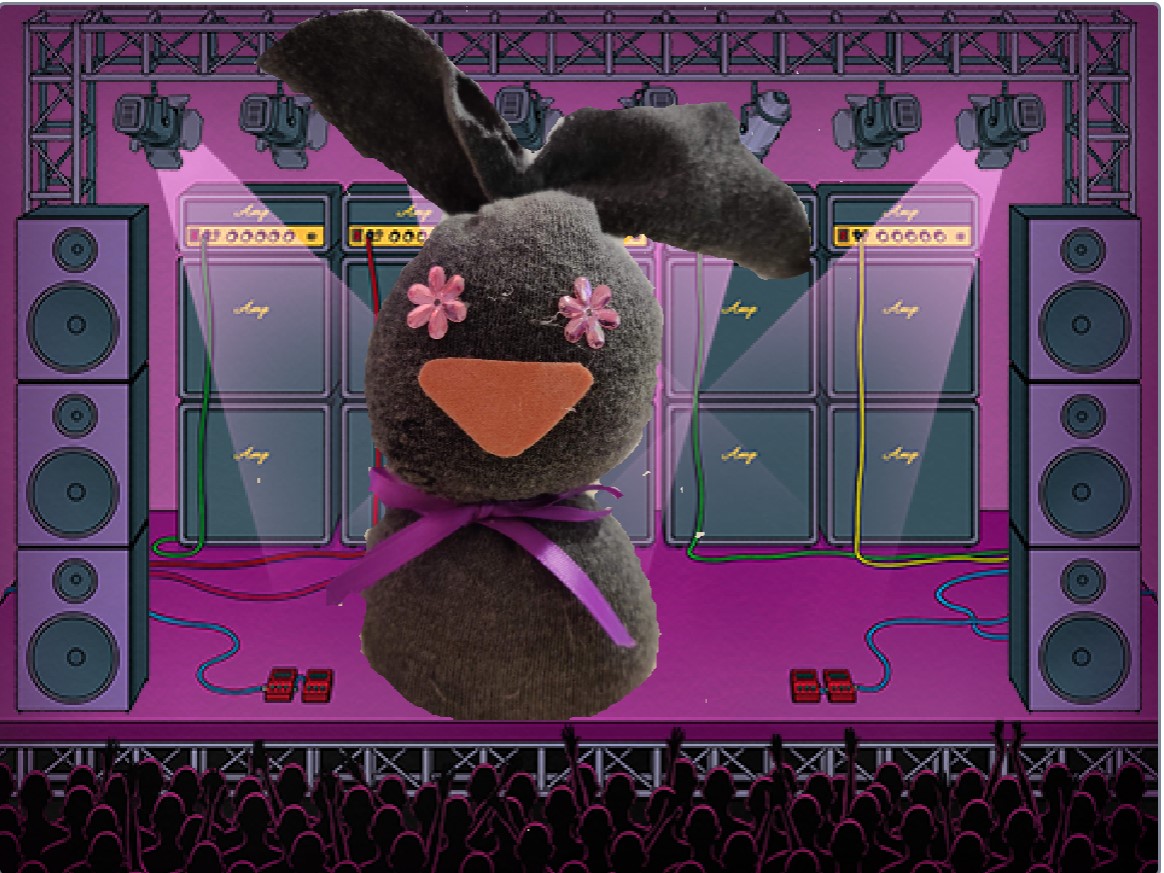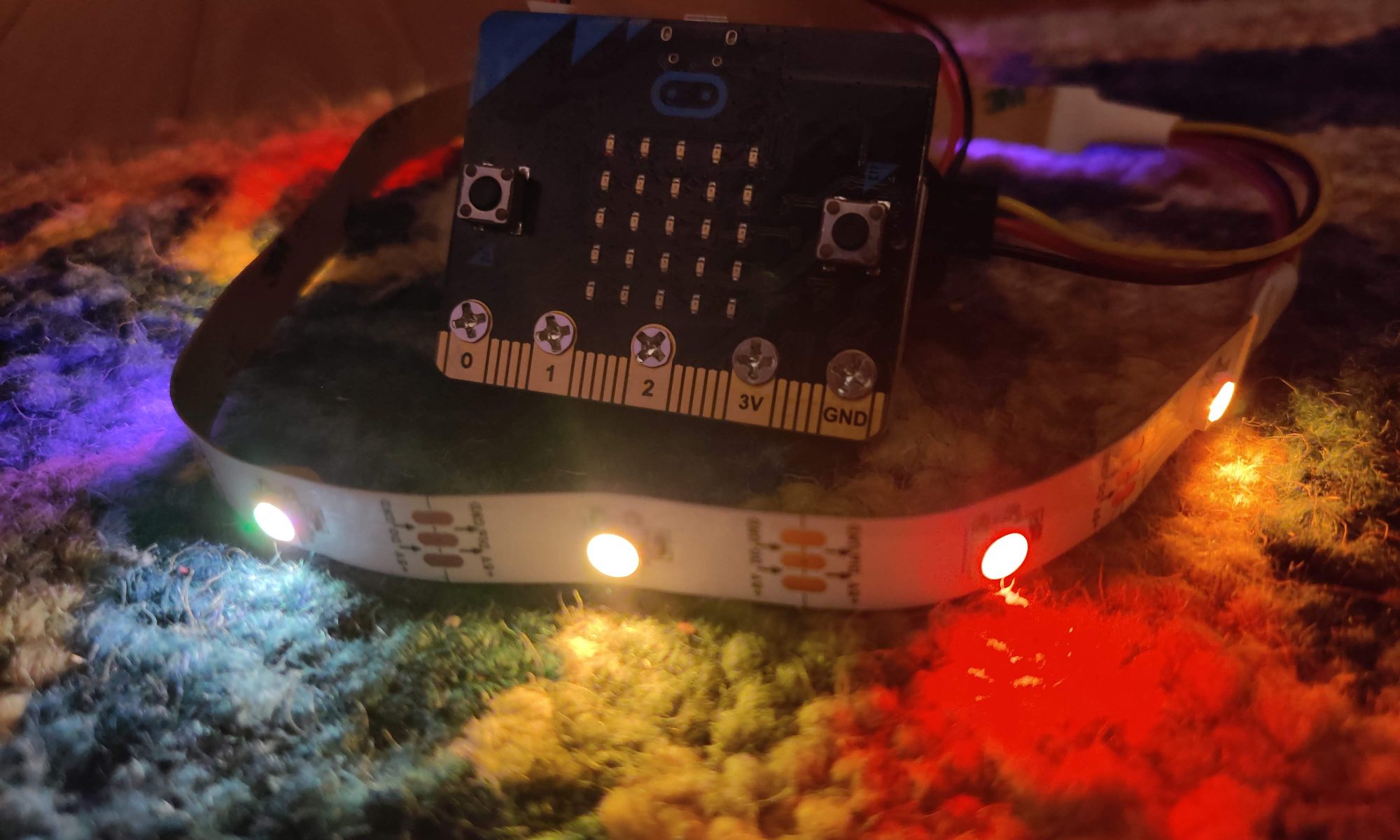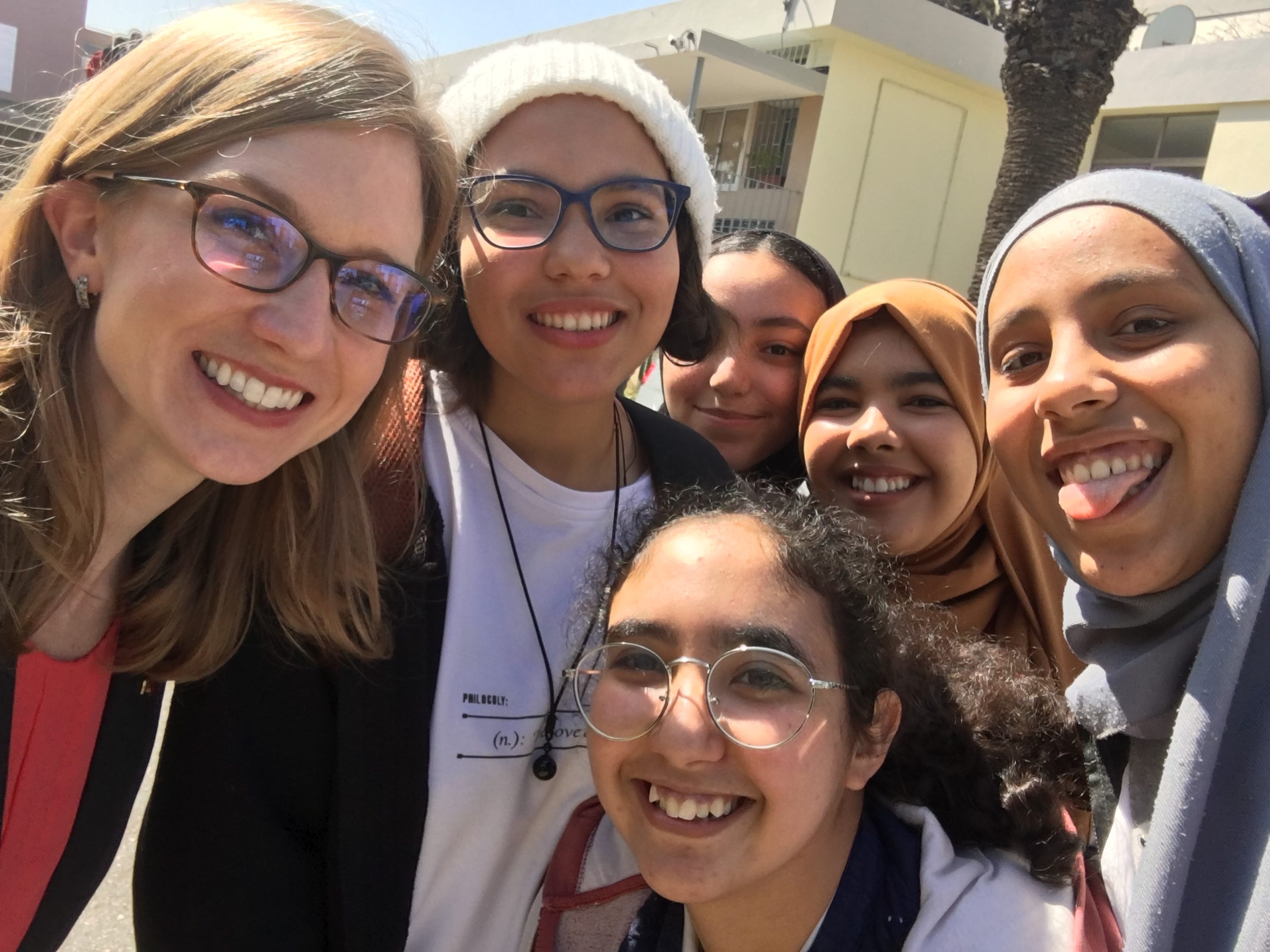This was a fun project and thanks to both the book, A Year of Sewing with Nani IRO and the publisher’s videos on YouTube, I definitely grew my skills in garment construction. If you’ve sewn 1 or 2 garments and feel confident with your sewing machine, this could be a good project for you.
Continue reading “Nani IRO dress is finished”Choosing Fabric for Nani Iro Dress Pattern
A few days ago, I made it to the Draper’s Daughter in Chichester, England to select fabric from Japanese designer Nani Iro.
In the days leading up to the trip, I stumbled into an interesting textile history across many continents*, starting in 1650 London with Petticoat Lane.
Continue reading “Choosing Fabric for Nani Iro Dress Pattern”Nani Iro – Japanese dress project
I’m in London for the BETT show and starting my next project – the Short Sleeved Gathered Dress designed by Nani Iro. Next week I am heading to the Draper’s Daughter in Chichester, England to look for Nani Iro fabrics to make the dress.
Follow me on my [new] instagram page to see the project happen @katiedays_makes
For Girls Tinker Academy, Sonoma State
Create a loveable robot pet with the micro:bit. How does your pet show love? How does your pet receive love?
Continue reading “For Girls Tinker Academy, Sonoma State”Help Pete Find His Beat
Most people don’t know this, but there is a reason Peter Cottontail always came hip-hoppin’ down the bunny trail.
He was a famous DJ, and he loved to make music. Though the secret to his music lived in his tail.
One day a terrible DJ accident happened and Peter lost his cottontail.
Now he is just known as “Pete who lost his beat.”
Can you help Pete find his beat?
Continue reading “Help Pete Find His Beat”Get started with micro:bit + Scratch
Face-tracking Flappy Bird Game in Scratch
Colour Tower
I remember taking a risk in 6th grade art, though at the time, I didn’t know I was. Using British English to title my drawing “Colour Tower” made perfect sense to me. I was reading the Chronicles of Narnia at the time, and thought it was cool how the words were spelled differently than I was used to. The word “colour” felt exotic to me – like much more vibrant colors emerged when you spelled it that way.
Continue reading “Colour Tower”#moonshotmorocco
Photos from my trip to Morocco to promote STEM Education for Women’s History Month, March 2019
Continue reading “#moonshotmorocco”Chimps, Chocolate, and Computational Thinking – Goodie Bag
Resources from a 2018 presentation
Continue reading “Chimps, Chocolate, and Computational Thinking – Goodie Bag”